A Visit to the Philadelphia Museum of Art
We visited the Philadelphia Museum of Art over July 4th. It’s a massive museum, one of the largest in the United States (160,000 SF), with a collection valued between 20 and 30 billion dollars. Keep in mind that just down the street is the Barnes Collection (93,000 SF) with a much smaller footprint but basically the same value of art. Money aside, the Philly Museum is definitely one of the best museums. It has an excellent variety of art with a number of very high quality, recognizable works of art.
Of course, the steps of the museum are also quite famous (cue the theme from Rocky)
 |
| I love watching tourists pose in front of the Rocky statue! |
This is one of the more unusual portraits I’ve seen: “Archbishop Filippo Archinto” painted by Titan in 1558. Besides being completely mesmerized by the artist’s skill, I wondered why his face is partially obscured by a veil/curtain?
According to the placard nearby, the Archbishop was plagued by political troubles. I’ve read a little more about this painting since we got home and I’m even more fascinated. This article by one of the museum’s docents, is well written and filled with information, but the bottom line is that the Archbishop had numerous political troubles associated with money and the Inquisition. Eventually he was exiled and forced to live in Bergamo. (For the record, you can exile me to Bergamo any day 🥰) I love the writer’s questions near the end of the article: Is he being silenced or is he choosing not to speak? Does the veil conceal or protect? Is he listening to confessions or does he have something to confess?
So juicy!
Switching gears … I’m a sucker for a pinky orange sunset, and this one by John Constable is small but magnificent: “View Toward the Rectory, East Bergholt” (~ 6x10 inches)
How about some sculpture? No visit to Philly is complete without a nod to Ben.
I also love this portrait of Madame du Barry by Elisabeth Vigee-Lebrun:
Madame du Barry was the mistress of Louis XV of France. She commissioned two of these paintings, one for Louis, the other for her other lover, Henry Seymour. When I was taking art history classes while working at Agnes Scott, we studied Madame du Barry and the artist, Vigee-LeBrun, so I always enjoy seeing this portrait.
This painting by Pierre Bonnard, captured my attention for several reasons: 1) I love Bonnard’s work and 2) I’ve been thinking about setting up a still life similar to this and painting it.
Here’s another Bonnard - isn’t the light and color amazing???
And this one by Vuillard
As I was standing in a room filled with works by Manet, I happened to notice this small painting in the corner of the room:
Then I read the placard nearby which explained that the artist, Antoine Vollon, is poking fun at landscape painters who worked in their studios. Kinda funny because almost every landscape painter I know starts outside and finishes inside. Vollon was a still life painter, so I get where he’s going with this.
 |
| I get a kick out of seeing visitors sketching in the galleries. And this guy was so young! It’s exciting to see people of all ages appreciate the classics (Cezanne) |
Manet’s “Basket of Fruit” gave me goose bumps. No joke. I probably stared at this painting for 15-20 minutes. The simplicity of it is exquisite. Folds in the tablecloth? Wowzers. Shadows? Spectacular. There’s nothing fussy or overbaked about it. I don’t even really know what kind of fruit is in that basket, and frankly, I don’t care. You had me at hello, Manet. You had me at hello.
The museum has an extensive collection of works by Thomas Eakins, a Philadelphian. I was especially drawn to the wall of his unfinished / process pieces because I love seeing the way artists approached their paintings. One of the first ways I learned to paint (back in college) was to grid off a painting in 1-inch squares. Well, guess what … looks like Eakins did the very same thing. See his marks below?
But this work by Eakins is much more widely known:
You think painting one person is tough? Try painting a room filled with people. If you click on the photo you can get an up close look at this painting. Scan it from left to right, top to bottom and notice the facial expressions and gestures of everyone in the operating theatre. Simply amazing.
After noticing this peach still life painting, I learned about the Peale family of artists.
* SIDE NOTE: There are quite a few modern day versions of this painting. Although his works are not in the Philly Museum of Art, Conor Walton paints photorealistic versions of fruit in bags, but there are tons of paintings of fruit in plastic bags. You can always go back to the greats of art history for inspiration!
Raphaelle Peale painted the work of art above. His father was Charles Wilson Peale who painted dozens of portraits of important figures in American history. The museum had a family chart on the wall which showed that Charles Wilson Peale named his children Raphaelle Peale, Angelica Kauffman Peale, Rembrandt Peale, Titian Peale, and Rubens Peale. There was also a daughter named Sophonisba Angusciola Peale. In other words, he named all of his children after famous artists. No pressure, kids!
Ready for modern art? There isn’t a ton of it at the Philly Museum of Art, but what they do have hits right at the very core of modernism. Marcel Duchamp!
Duchamp, Picasso and Matisse were the forces of nature that turned art upside down at the turn of the 20th century with cubism, Dadaism, and conceptual art. Duchamp was famous for his “readymades,” which were mostly ordinary objects, like the urinal he titled “Fountain.” He was famous for saying, “It’s art if I say so!”
The last work of art that I’ll talk about is this abstract by Franz Kline. Kline is one of my all time favorite artists, and I got such a kick out of seeing this work because it is an example of process. The Abstract Expressionists were living in a post WWII era. They didn’t have much money and they thrived on experimentation. Here you can see that Kline used old phone books as a way to test out compositions and design. Why phone books? They’re free, plentiful, and he could rip out the pages as needed. And if Kline was pleased with the result, he’d sign the phone book page and mark it as done ✅.
So next time you see a phone book, grab it and experiment! If it’s good enough for Franz Kline, it’s good enough for any of us.
Thank you to the Philadelphia Museum of Art for a fantastic visit!
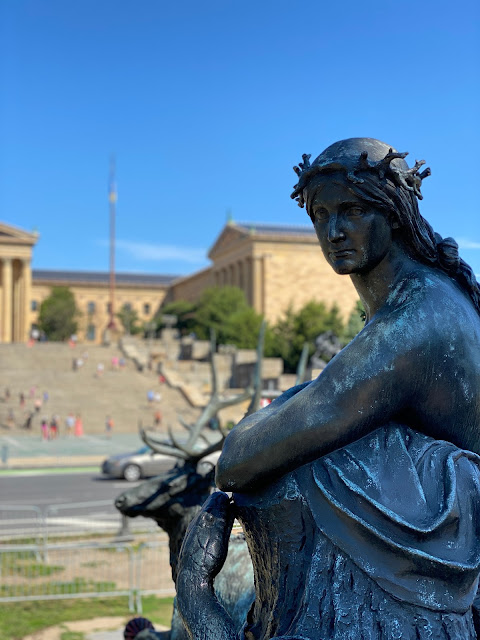


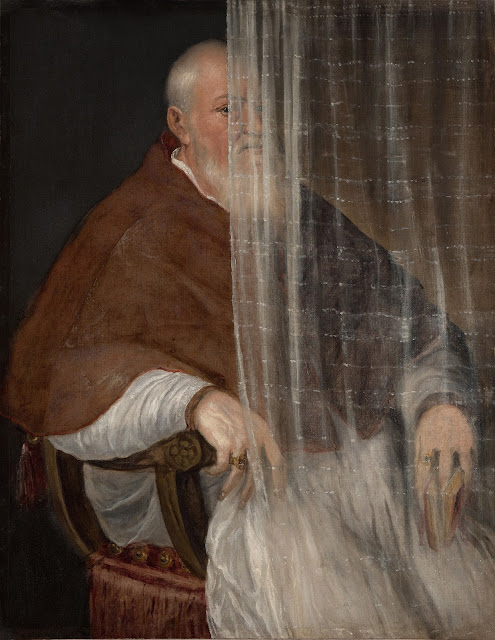


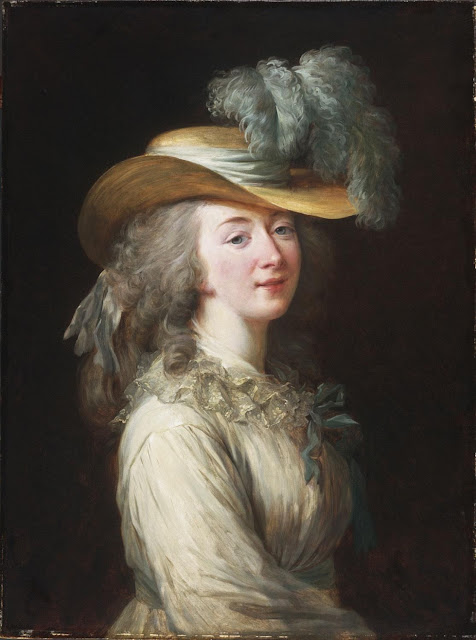


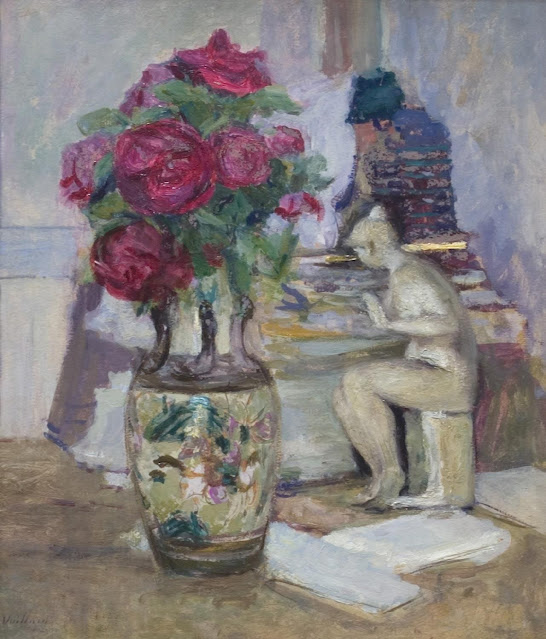



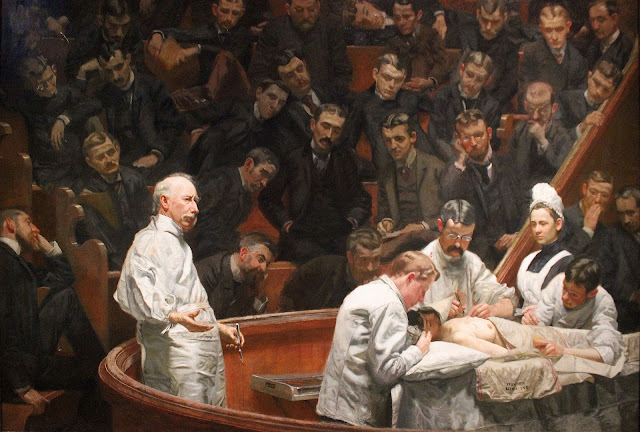






Comments
Post a Comment